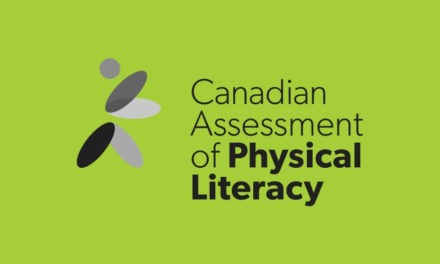HALO Director Dr. Mark Tremblay is senior author on a paper, “Predicting Changes Across 12 Months in Three Types of Parental Support Behaviors and Mothers’ Perceptions of Child Physical Activity,” that was recently published in the Annals of Behavioral Medicine. Citation details and a summary of the paper are below.
Rhodes RE, Spence JC, Berry T, Deshpande S, Faulkner G, Latimer-Cheung AE, O’Reilly N, Tremblay MS. Predicting Changes Across 12 Months in Three Types of Parental Support Behaviors and Mothers’ Perceptions of Child Physical Activity. Ann Behav Med. 2015 Dec;49(6):853-64.
Abstract
BACKGROUND: Parental support has been established as the critical family-level variable linked to child physical activity with encouragement, logistical support, and parent-child co-activity as key support behaviors. PURPOSE: This study aims to model these parental support behaviors as well as family demographics as mediators of mothers’ perceptions of child physical activity using theory of planned behavior (TPB) across two 6-month waves of longitudinal data. METHOD: A representative sample of Canadian mothers (N = 1253) with children aged 5 to 13 years of age completed measures of TPB, support behaviors, and child physical activity. RESULTS: Autoregressive structural equation models showed that intention and perceived behavioral control explained support behaviors, yet child age (inverse relationship) and family income were independent predictors. The three support behaviors explained 19-42 % of the variance in child physical activity between participants, but analyses of change showed much smaller effects. CONCLUSIONS: Mothers’ support behaviors are related to perceived child physical activity, but support is dependent on perception of control, child age, and family income.





